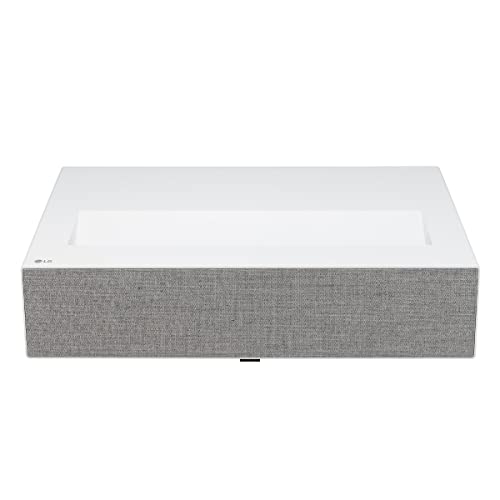University of Toronto engineers have announced a breakthrough in nano-architected materials that combine the strength of carbon steel with the lightness of Styrofoam, achieved through machine learning optimization that could revolutionize aerospace and automotive industries.
Why it matters: The development of these ultra-lightweight yet strong materials fundamentally changes the possibilities for vehicle design and fuel efficiency, with potential fuel savings of 80 liters per year for every kilogram of titanium replaced in aircraft.
Technical Achievement: The research team used an innovative machine learning approach to optimize material design at the nanoscale level, producing remarkable results:
- Five times stronger than titanium
- Matches carbon steel strength
- Weighs as little as Styrofoam
Industry Impact: The materials’ unique properties make them particularly valuable for aerospace applications, where weight reduction directly impacts fuel consumption and environmental footprint. The team’s approach to development was notably efficient:
- Required only 400 data points versus typical 20,000
- Doubled strength of existing designs
- Achieved 2.03 megapascals per cubic meter per kilogram
Peter Serles, Lead Author: “This is the first time machine learning has been applied to optimize nano-architected materials, and we were shocked by the improvements,” Serles explained.
Looking Forward: While the initial results are promising, researchers are now focusing on scaling up production for cost-effective manufacturing of larger components.




























